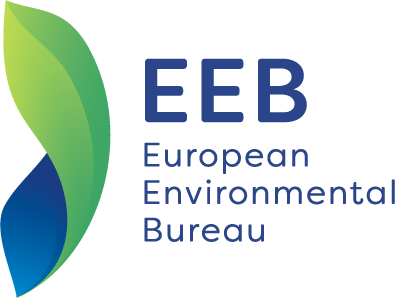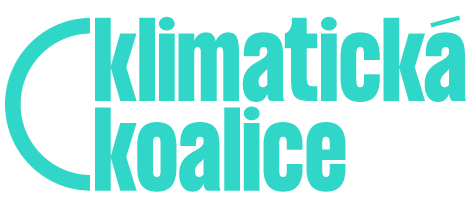Společná tisková zpráva CHEM Trust, Center for International Environmental Law (CIEL), European Environmental Bureau, Friends of the Earth Europe, Greenpeace, Health and Environment Alliance, Women in Europe for a Common Future, WWF z 28. října 2008.
The first-ever list of 15 hazardous chemicals released by the European Chemicals Agency (ECHA) is a welcome start, but it is a drop in the ocean when compared to the hundreds of well-known dangerous substances present in products used every day across Europe, said a coalition of environmental, health, consumer and women’s public interest groups.
The groups welcome the publication of the REACH(1) ‘candidate list’ and recognise it as a vital tool in speeding up the substitution of hazardous chemicals with safer alternatives. But the organisations say that member states and the European Commission have failed to make the list more comprehensive. European consumers will be able to walk into a shop, pick up any product off the shelf, from a toothbrush to a laptop, and be informed within 45 days on whether it contains any of the chemicals on the candidate list(2). But hundreds more substances will continue to be used despite their well-documented harmful qualities.
Restrictions on phthalates (DINP, DiDP and DNOP) similar to those now on the candidate list already exist under the EU Toys directive, but so far no member state has suggested these substances be included in the REACH list. Bisphenol-A, a wellknown endocrine disrupter, has also been left out of the list.
Only six EU member states (Austria, Germany, France, the Netherlands, Sweden, the UK) and Norway have so far put forward chemicals for the candidate list. The coalition of public interest groups call on member states and the Commission to expand the list to make it more representative of the hundreds of hazardous chemicals that are currently known(3).
Among the 15 chemicals that are on the list, brominated flame retardant HBCDD is a common environmental contaminant used in plastics, textiles, electronic goods and three plastic softeners (the phthalates DEHP, DBP and BBP). These plastic softeners are suspected to seriously affect human fertility and are present in glues, inks, cosmetics and toiletries, and in many products made from polyvinyl chloride (PVC).
The groups urge ECHA to adopt strict regulatory controls on these chemicals immediately. Many progressive companies have already started to phase them out, including major players in the electronics sector that have eliminated the uses of brominated flame retardants and PVC.
Notes to the editor:
(1) The REACH (Registration, Evaluation, Authorisation and Restriction of Chemicals) regulation became operational in June 2008.
(2) For a sample letter to request information about a product, see p.9 of: http://www.greenpeace.org/raw/content/eu-unit/press-centre/reports/your-voice-on-reach.pdf .
(3) The 267 hazardous chemicals selected by ChemSec for the REACH SIN (Substitute-it-now) List 1.0 include substances of very high concern and provide a useful starting point to make the REACH Candidate List more comprehensive. See: http://www.sinlist.org .


